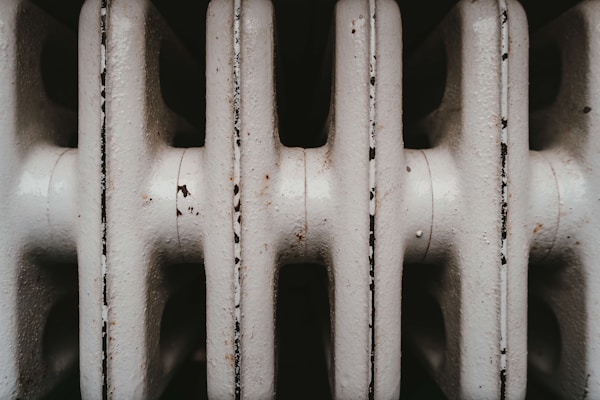A furnace is a powerful heating system typically used in homes to provide warmth during the colder months. It works by burning fuel, such as natural gas or propane, which heats up the air before it is sent throughout the house through ducts and vents. The heat produced by a furnace will heat up objects in a room and increase the overall temperature of the space. Are interested in learning more about how a furnace works? From the basics of the fuel source to how it warms your home, you’ll find the answers to all your questions here. Keep reading to learn more about how a furnace functions and the components involved.
The Main Parts of a Furnace

The main parts of a furnace include the fuel source, combustion chamber, heat exchanger, and blower fan:
- The fuel source powers the entire system; it could be natural gas (or propane), oil, or electricity. This fuel is burned in the combustion chamber to produce heat that is then transferred into the home through pipes via radiators or baseboard heating systems.
- The heat exchanger sits between the combustion chamber and blower fan within the furnace unit itself—this component absorbs exhaust gasses created by burning fuel which pass through its metal walls before being discharged outside your home via a venting system made up of multiple pieces including an intake pipe for fresh air from outdoors as well as an exhaust flue pipe that removes waste gases safely away from your living area.
- The blower fan helps spread cooled and heated air evenly across space using two speeds: high speed used mainly during colder months when more warmth needs circulating quickly versus low power mode designed primarily when temperatures aren’t too extreme so only minimal amounts need distributing gradually around indoors, respectively.
The Ignition Process of a Furnace
The ignition process of a furnace is one of the most important parts of understanding how it works. The process begins with an electrical spark igniter, which creates heat and sparks to ignite a flame inside the combustion chamber. This spark initiates the gas valve to open, allowing fuel such as natural gas or propane to enter the combustion chamber. Once both fuel and air are present in the proper amounts within the combustion chamber, they mix together while being ignited by a burner tube connected to the igniter. The resulting burning mixture emits heat energy that rises up through metal heat exchangers called “heat fins” mounted above them on either side of the furnace’s interior walls or ceiling (depending on the type). Then, these heated fins transfer their warmth into nearby ductwork that distributes warm air throughout your home via vents located in each room or area you wish to be heated.
How the Thermostat Controls the Furnace

The thermostat is essentially a temperature-sensing device that is connected to the furnace, allowing it to sense the temperature of the air inside the home. When the thermostat senses that the air has fallen below the desired temperature, it sends a signal to the furnace to activate and begin providing heat. The furnace then continues to provide heat until the thermostat senses that the air has reached the desired temperature. The thermostat also serves an important safety function by monitoring the temperature of the furnace itself. If the thermostat senses that the temperature of the furnace is too high, it will shut off the furnace to prevent a potential fire or other danger.
Understanding how a furnace functions is essential for proper maintenance, safety, and efficient energy use. Knowing the components and how they work together helps to ensure that the furnace is running properly and safely and that the energy being used is not wasted. Altogether, being knowledgeable about how furnaces work can lead to many benefits.








